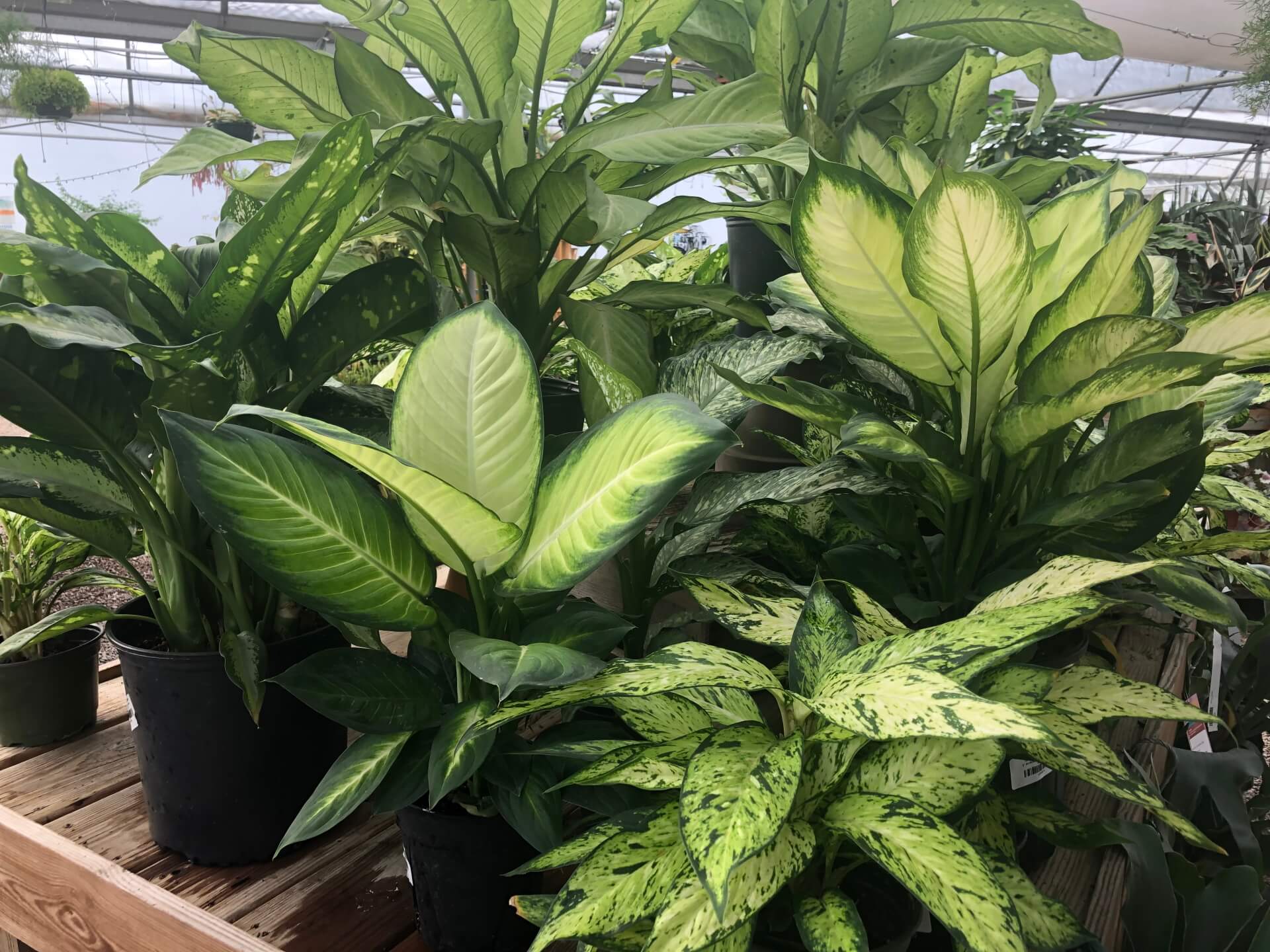
Getting into Houseplants
2020 ought to have been called the year of the houseplant considering the booming popularity of the hobby since the pandemic began. Since more folks have been staying home, many have focused their energy on cultivating indoor jungles they can enjoy and care for. Every home can support houseplants and every person can develop a green thumb over time. All it takes is an understanding of plant species and what level of care you can provide in your home. Here’s your guide to hopping on the houseplant trend and becoming an indoor gardener yourself.
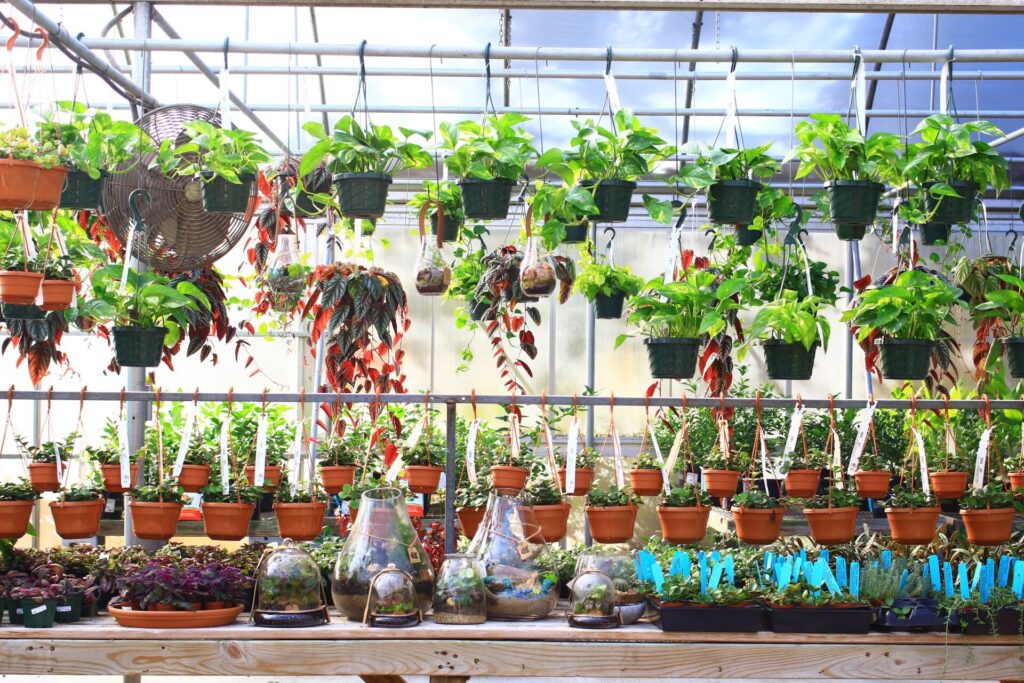
The plants typically grown indoors are often native to tropical climates and evolved to thrive in specific light, humidity, and temperature conditions. To keep these plants happy in your own home, replicate these conditions as best you can. While some plants can adapt to grow in sub-par conditions, others are finicky and need near-perfect care to thrive. To understand the light in your own home, figure out what direction your windows face. Southern-facing windows allow for the most light throughout the day while northern-facing windows allow for the least. East-facing windows provide morning light when the sun rises and western windows provide a few hours of light in the afternoon.
Humidity is another key factor for houseplant health. Some plants grow best in a balmy bathroom, enjoying steam from the shower, while others need dry air. Try to place your humidity-loving plants away from heaters and vents that may dry out the foliage. Because most houseplants are tropical, they need stable temperatures between 60 and 70 degrees.
If you have pets in your home, consider that some plants are toxic and should be kept out of your pet’s reach or out of your home altogether. You can find out the toxicity of any given variety on the ASPCA’s list of toxic and non-toxic plants.
Now that you’ve surveyed your home and your furry roommates, it’s time to go plant shopping. Cross Creek has hundreds of varieties to choose from and we’re always offering new and exciting species. Our staff is happy to help you find the perfect plant to grow in your home. If your home can only provide low light conditions, opt for a Snake Plant or a ZZ Plant. These hardy plants require little maintenance and prefer to be watered only once every few weeks.
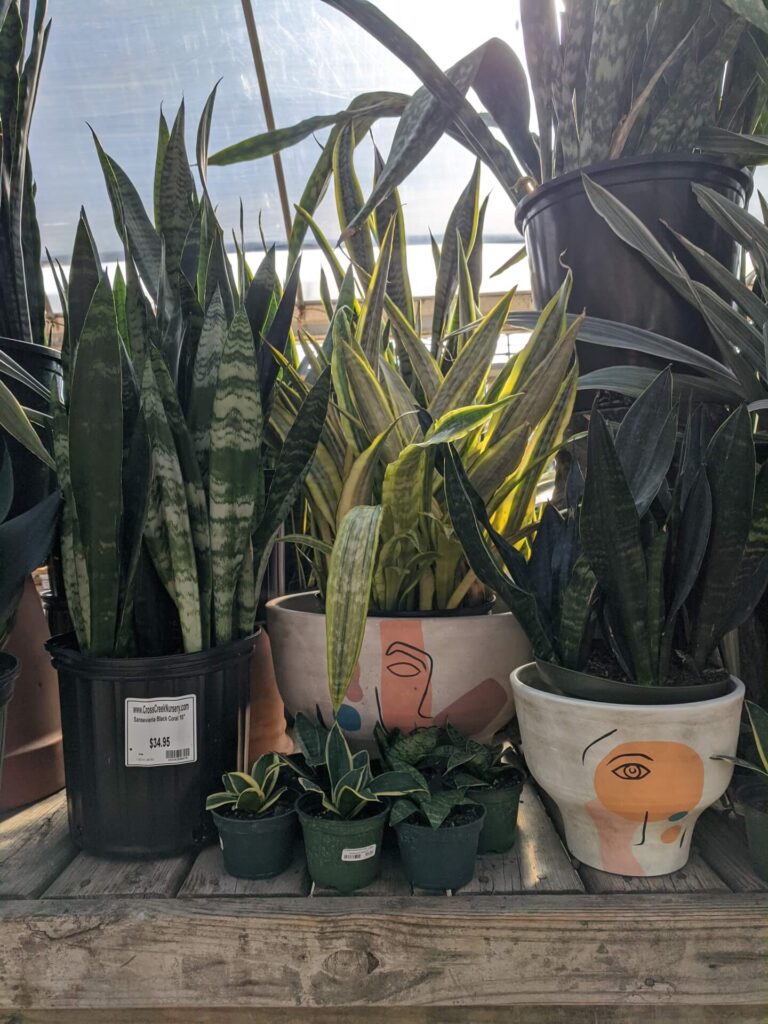
Plants that need medium light should be pulled back several feet from east, west and south facing windows but they can thrive in north-facing window sills. Prayer Plants thrive in medium light and come in an array of colorful patterns with stripes, streaks, and spots on the leaves. African violets are a flowering houseplant with pink, purple, or white blooms perfect for medium light areas. Many varieties of fern like Boston fern and bird’s nest fern also grow well in medium-lit places but keep in mind to water these frequently to keep the soil evenly moist. Vining house plants like pothos, heart-leaf philodendron, and hoya can tolerate medium light but they also thrive in brighter light; try potting these in hanging baskets to achieve a jungle-like atmosphere with dangling vines.
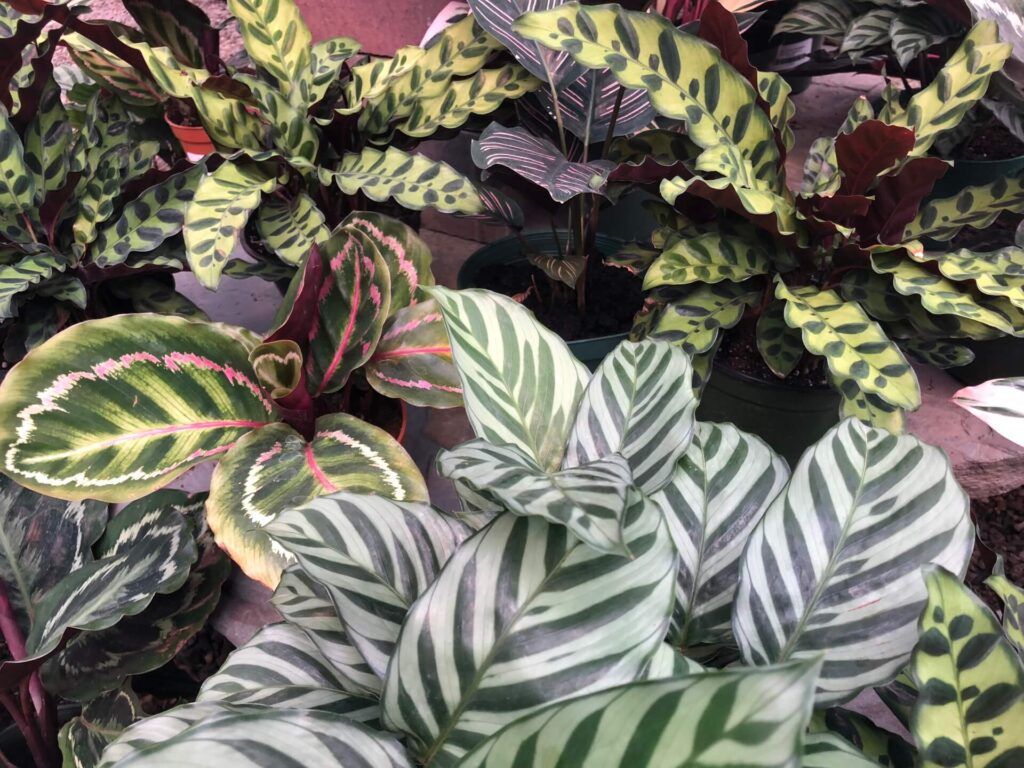
Bright indirect light can accommodate the majority of houseplants, so you have tons of options. The Fiddle Leaf Fig tree can become a striking accent in any sunny corner of your home, along with other types of ficus like rubber trees and Ficus Audrey. Peperomia plants also grow best in indirect light and the entire genus is safe for pets. If you’d like a statement plant, look no further than the Monstera Deliciosa, a striking species that grows splits or ‘fenestrations’ in mature leaves.
Bright direct light best suits desert plants like cacti and succulents. String of Pearls look great in hanging baskets in front of sunny windows and jade plants make a lovely addition to any bright window sill. If you’d like a flowering species, choose a Hibiscus plant which boasts huge colorful blooms year-round under the right conditions.
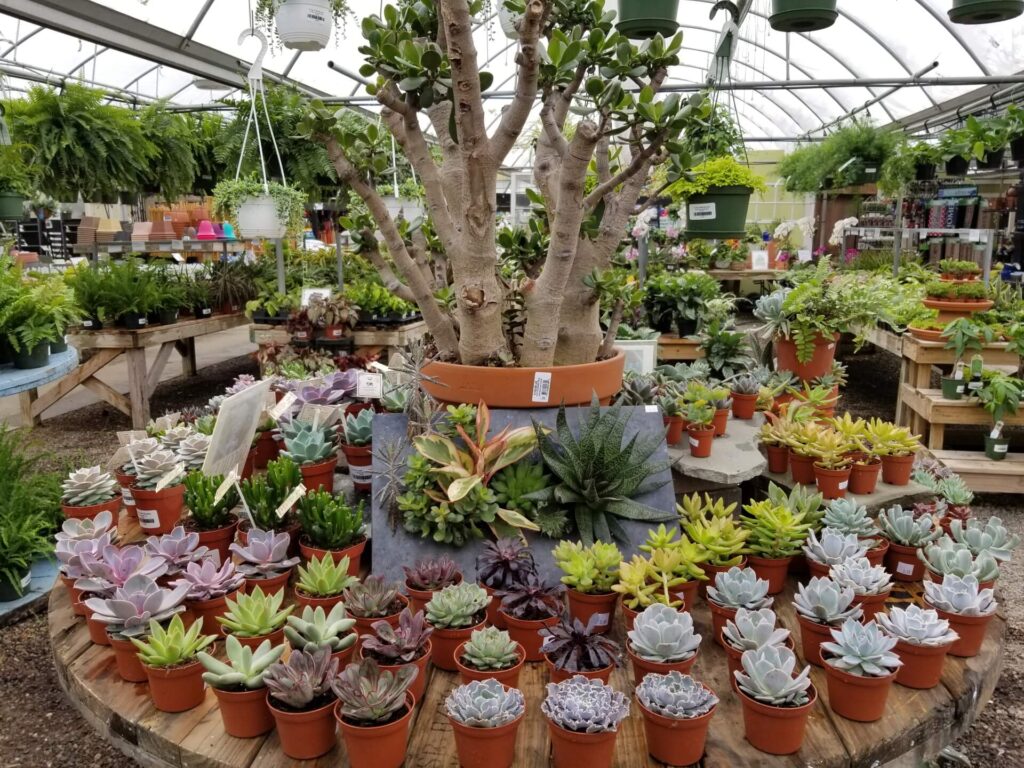
Once you choose the right plants, learn how to care for each variety so they grow optimally and stay looking gorgeous. It’s important to remember that plants receiving higher light typically need to be watered more frequently than those in lower light. You can feel your plant’s soil with your fingers or invest in a moisture meter to understand when your plants need watering. As you learn more about the plants in your home, you’ll learn that many species show signs when they need watering. If your plant looks droopy, wrinkled, or the leaves are curled, that’s a good sign your plant friend needs a drink. Most plants like to be fertilized during the growing season so invest in a houseplant fertilizer to ensure they receive vital nutrients.
There’s a plant variety for every home in every condition. You don’t need to be an expert in gardening to begin caring for houseplants in your own home, you just need to choose the right species and replicate their preferred environment. Stop by Cross Creek Nursery to find all the varieties listed here along with hundreds more and start flexing that green thumb.
Emilie Erbland January 28th, 2021
